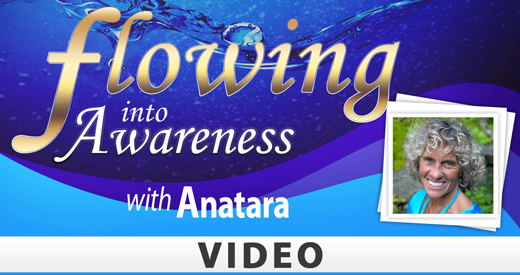Treating Addictions the Holistic Way
[post-img]Others, however, are self-perpetuating vicious cycles that can take control and derail our lives completely. No matter what addictions you personally subscribe to, the fact is we all feel equally powerless when the compulsion or craving comes knocking. But even if our various addictions are innocuous, our seeming inability to control them is a problem that we must address.
Since addiction is just as much mental as it is physical, the western medical approach to addiction recovery has been to isolate either the physiological or psychological components and treat them separately. For example, nicotine chewing gum and the patch are methods of isolating and eliminating the psychological craving for cigarettes while still physically providing nicotine. Conversely, clove cigarettes are substituted for tobacco to eliminate the nicotine addiction, while psychologically the individual is still smoking. By eliminating one component, eventually it becomes easier to break the cycle entirely.
[tip-fact]While this method is demonstrably effective to a certain degree, it is problematic in the long run because it gratifies the addiction and serves to perpetuate the associated feeling of helplessness. By accepting part of the dependency, it is still allowing the addiction some control.
Holistic approaches such as yoga, however, recognize and utilize the link between mind and body, treating the addiction as a whole instead of isolating one or the other component.
In an effort to help addicts establish conscious control over their cravings, therefore, more and more recovery programs have been turning to the traditions of yoga as a more effective, holistic style of treating addiction. By learning the mental techniques of detachment and moderation required of yoga, people can establish control over their addictions and impulses.
Using the principles of yoga to treat addicts is by no means a new concept. As far back as 1999, a study was conducted by the International Pain Institute at Texas Tech University on the potential benefits of yoga in helping individuals manage their chronic pain. It was discovered that, in addition to helping individuals manage their pain, yoga also assisted in helping them kick their addiction to pain medication.
[b-quote]Often serving as coping mechanisms for pressure or stress, addictions can be perpetuated by an individual’s reflexive reactions to usually stressful situations or circumstances. Yoga is all about the discipline of taking care of one’s body. By practicing yoga regularly, addicts can learn to be mindful of their reactions. The detached perspective required of a yoga pose teaches us to observe moments without forming judgement. To avoid injury, you cannot simply react while holding a pose. You must observe and understand your body and its associated sensations, and then adapt as necessary.
Regular yoga practice ingrains this mindfulness. It allows for everyday consideration of stresses and the resultant addiction impulses. Practicing control over similar – albeit physical – pressures in a yoga studio has a habit of translating to the everyday. Cravings stop being necessary, needful compulsions when the stressors can be observed with detachment and our reactions controlled.
One of the biggest problems with quitting addictions is in the self-imposed pressure we associate with the act of quitting. Our dedicated “last cigarette” tends to put on exactly the kind of pressure that starts up the addiction in the first place. Quitters can hold off and hold off, then guiltily gratify their cravings, only to feel powerless against them once satisfied, thus perpetuating the addiction further.
In yielding to cravings, addicts establish a dichotomous control scheme. They can either give in entirely or quit outright. There’s no middle ground, and thus no control without flexibility. However, this extremism characteristic of addictions can be countered by the practiced moderation of yoga sessions. Through yoga practice, students learn to moderate their stretches and poses by listening to subtle biological cues. All yoga poses begin with effort – a push or bend or stretch into the pose – and end by recognizing and yielding to our limitations before releasing.
We cease being controlled by our addictions when we cease feeling cornered by them, and thereby it becomes easier not to fall into the self-perpetuating cycle of addiction and quitting.
The moderation required of yoga translates into a tool to fight addiction. Compulsions and addictions, like the pressures of a yoga pose, can similarly be controlled by listening to our bodies. We empower ourselves when we accept our circumstances and limitations and continue endeavouring to improve.
For more information on the healing benefits of yoga for addicts, check out the following websites:




